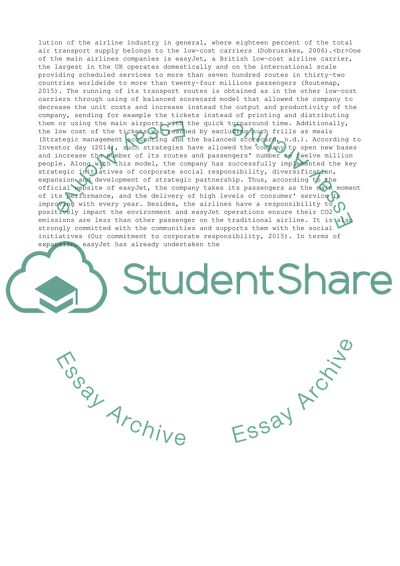Cite this document
(Easyjet Essay Example | Topics and Well Written Essays - 3500 words, n.d.)
Easyjet Essay Example | Topics and Well Written Essays - 3500 words. https://studentshare.org/business/1877123-easyjet
Easyjet Essay Example | Topics and Well Written Essays - 3500 words. https://studentshare.org/business/1877123-easyjet
(Easyjet Essay Example | Topics and Well Written Essays - 3500 Words)
Easyjet Essay Example | Topics and Well Written Essays - 3500 Words. https://studentshare.org/business/1877123-easyjet.
Easyjet Essay Example | Topics and Well Written Essays - 3500 Words. https://studentshare.org/business/1877123-easyjet.
“Easyjet Essay Example | Topics and Well Written Essays - 3500 Words”. https://studentshare.org/business/1877123-easyjet.


